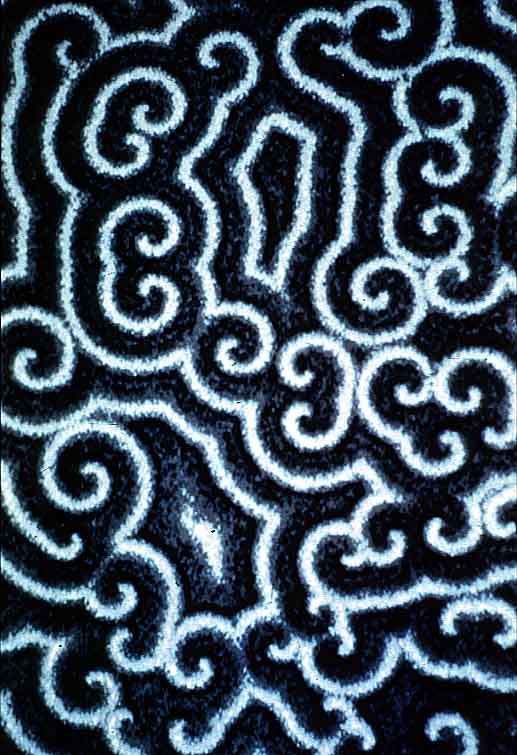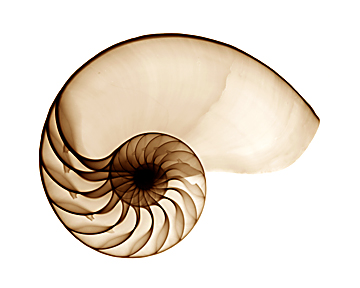|
On the previous page, we discovered that a simple set of rules and interactions results in changes over time in the behavior of our model ant colony because the increased numbers of ants in older colonies create more interactions. Older (and larger) colonies re-establish their typical task distributions more rapidly than younger (and smaller) ones.
Might the same principle hold for other changes in colony behavior over time? How would our model colony, for example, react to intruders? To explore this we have added some additional features to our basic model. Intruders are ants who interact with our colony ants and behavior similarly. When they have a certain number of encounters with colony ants within a fixed amount of time, instead of switching tasks like colony ants do, they die. Also, colony ants in this model have an additional "alertness" feature. When a colony ant encounters an intruder, it forgets prior encounters with other colony ants and temporarily stop keeping track of such encounters with colony ants, so they stay in the area rather than switching tasks. In addition, they cause other colony ants they meet to also forget prior encounters, making them more likely to stay in the invaded area as well.
Try adding intruders to colonies of different sizes (ages) as you earlier added extra colony members (and take note of how the task distribution changes during an intrusion). Here, as in the previous section, we're adding not a fixed number of intruders but rather a constant percentage related to the total number of ants in the colony. Are older (larger) colonies better able to drive out intruders than younger ones? You can also see what happens if you vary what frequency of encounters is needed to cause intruders to leave (IntruderPersistence) and how long a colony ant stays alert (ColonyAntAlertness).
Are individual ants in older colonies more "agressive", "vigiliant", or "smarter"? No, all ants in both younger (smaller) and older (larger) colonies follow the same simple set of rules. The behavior and characteristics are emergent properties of the group as a whole, not its individual parts.
 
|



